9 Simple Steps for Glaucoma Screening
Glaucoma is a leading cause of irreversible blindness worldwide, and early detection is key to managing this condition effectively. As optometrists, we play a vital role in identifying individuals at risk for glaucoma through comprehensive eye exams.

Glaucoma is a leading cause of irreversible blindness worldwide, and early detection is key to managing this condition effectively. As optometrists, we play a vital role in identifying individuals at risk for glaucoma through comprehensive eye exams. Here are 9 Simple Steps in identifying and managing a patient who might need a referral for glaucoma evaluation:
- History Taking: Risk factors of glaucoma include Age and Positive Family history. So if your patient is over 40, make sure you thoroughly investigate their family history
- Intraocular Pressure (IOP) Measurement: Elevated IOP is a major risk factor of glaucoma, along with age and a positive family history. While non-contact tonometry is faster and less invasive than aplanation tonometry, it is also less accurate, therefore aplanation tonometry is advisable if glaucoma is suspected. Remember to look out for large differences in IOP between the two eyes.
- Pachymetry: Central corneal thickness is a key factor that influences your IOP measurement. Thick corneas over-estimate IOP measurement, while thin corneas under-estimate it. Pachymetry can be done using an ultrasonic pachymeter, a scheimflug topographer or an anterior segment OCT.
- Anterior Chamber Angle assessment: This examination assesses the angle between the cornea and iris, vital for understanding aqueous drainage via the trabecular meshwork. A more experienced optometrist may prefer to carry out gonioscopy, however a simple Van Herick test on a slit lamp is sufficient for screening.
- Optic Nerve Head Examination: Dilated fundus examinations with indirect ophthalmoscopy for a stereoscopic view of the optic nerve head is essential to assess the degree of cupping and overall health of the neuro-retinal rim. Changes in its appearance may signify early signs of glaucoma, prompting timely intervention. Remember to look out for CD ratio asymmetry between the two eyes, as well superior or inferior thinning of the neuro-retinal rim.
- Visual Field Testing: Glaucoma often leads to peripheral vision loss. Visual field tests, such as Humphrey or Octopus perimetry use special algorithms specifically designed to detect and glaucomatous field loss to help identify any subtle or progressive changes, allowing for early diagnosis and management.
- Optical Coherence Tomography: OCT is a non-invasive imaging technique that provides high-resolution, cross-sectional images of the retina, optic nerve head, and retinal nerve fiber layer. By assessing parameters such as retinal nerve fiber layer thickness and optic nerve head morphology, it allows us to detect structural changes associated with glaucoma even before visual field loss occurs.
- Referral: As Optometrists, we can screen for, possibly diagnose and monitor glaucoma, however, treatment will be decided by the ophthalmologist. The referral should include a detailed report with all your findings and should be sent to the ophthalmologist.
- Reassurance: Finally, it is important to reassure your patient that glaucoma is very treatable when caught early and the likelyhood of blindness is low once the treatment has begun.
In conclusion, glaucoma screening is a fundamental aspect of our role as optometrists. By identifying individuals at risk and initiating appropriate management, we can make a profound difference in preserving vision and enhancing quality of life.
ASIRA is a simple and secure, cloud-based software tool, built BY optometrists FOR optometrists, that helps eye care professionals reduce the time and effort required to maintain clinical records, schedule appointments, generate bills, manage inventory and much more!
To find out more, visit www.asira.health and sign up for a 30-Day FREE TRIAL! If you're a new practice owner or a fresh graduate thinking of entrepreneurship, visit www.asira.health/optompreneur to learn how ASIRA can help reduce your costs and increase revenue.

